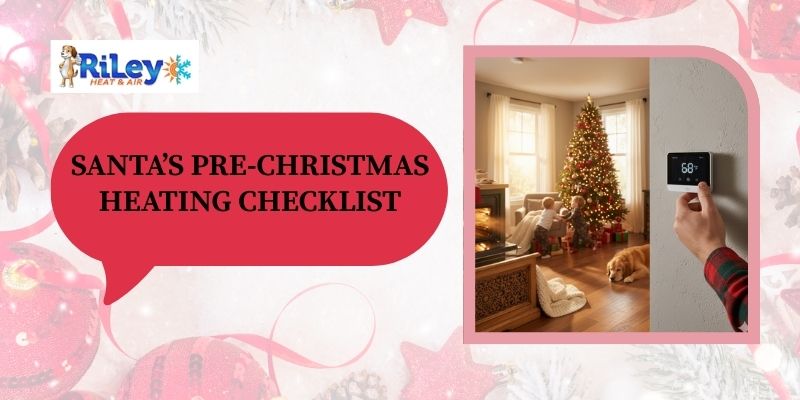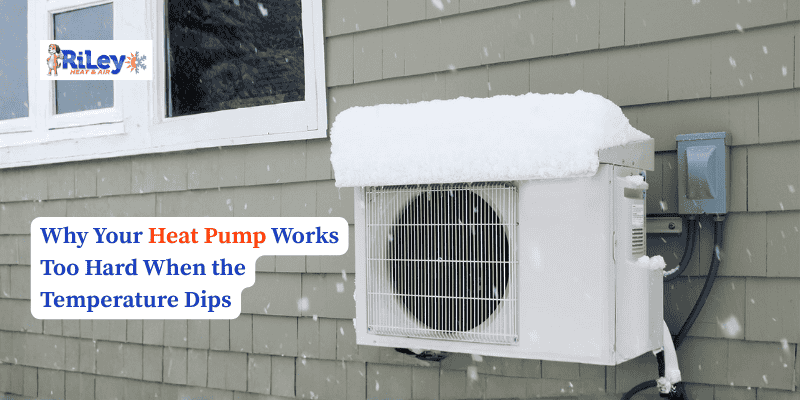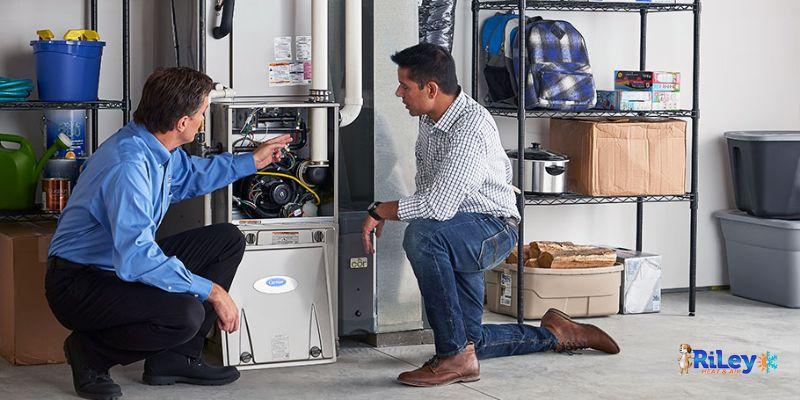
The Essential Steps of Heating Furnace Maintenance: Keeping Your System Running Efficiently
As the temperatures drop and the cold winter months approach, one of the most crucial aspects of homeownership becomes evident: maintaining a functional and efficient heating furnace. A well-maintained furnace ensures a comfortable and cozy living environment, contributes to energy savings, and reduces the risk of unexpected breakdowns. This comprehensive guide will explore the essential steps of heating furnace maintenance that will help keep your system running efficiently throughout the heating season.
Why Regular Maintenance Matters
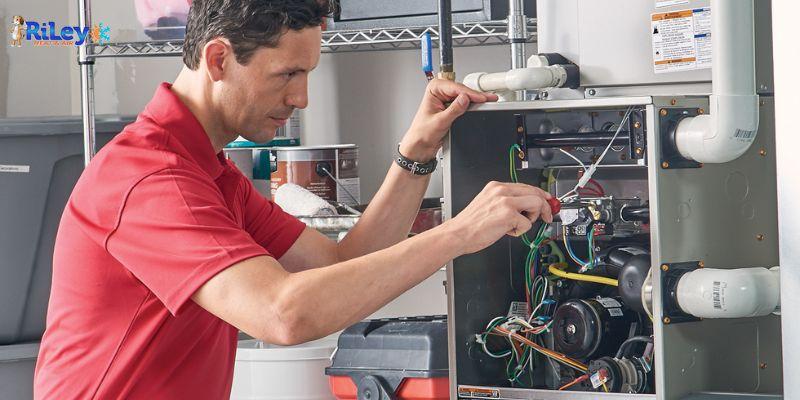
Before delving into the specific steps of heating furnace maintenance, let us understand why regular upkeep is essential. A heating furnace is a complex mechanical system that operates tirelessly during the colder months, providing warmth to your home.
Over time, wear and tear can take a toll on various components, leading to reduced efficiency, increased energy consumption, and even the possibility of a complete system breakdown. Here are some compelling reasons why regular maintenance matters:
- Improved Efficiency: A well-maintained furnace operates more efficiently, ensuring you get the most out of the energy it consumes. This means lower heating bills and a reduced environmental impact.
- Extended Lifespan: Regular maintenance can significantly extend the lifespan of your heating furnace, postponing the need for costly replacements.
- Enhanced Safety: Furnaces that are not properly maintained can pose safety hazards. Ensuring all components are in good working order can prevent potential dangers like carbon monoxide leaks.
- Reduced Repair Costs: By addressing minor issues before they escalate into major problems, you can save a significant amount on repair costs.
Now that we understand the importance of heating furnace maintenance let us dive into the essential steps to keep your system running efficiently.
Heating Furnace Maintenance Steps
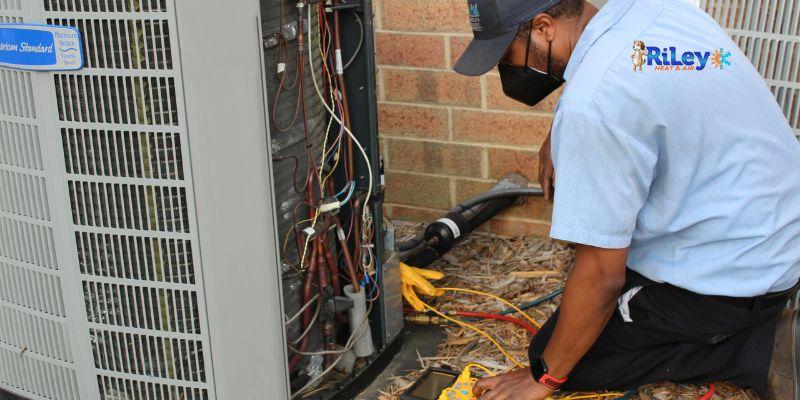
Step 1: Check and Replace the Air Filter
The air filter in your furnace plays a crucial role in maintaining indoor air quality and system efficiency. Over time, it can become clogged with dust, dirt, and debris, restricting airflow and causing your furnace to work harder. Here is how to inspect and replace your furnace's air filter:
- Locate the Filter: The filter is typically in or near the furnace blower compartment. Consult your furnace's manual if you need clarification on its location.
- Turn Off the Furnace: Before you start working on your furnace, turn off the power to the system to ensure your safety.
- Inspect the Filter: Remove the filter and inspect it for dirt and debris. If it looks dirty or clogged, it is time for a replacement.
- Choose the Right Filter: Choose a replacement filter compatible with your furnace. The filter size and type should match the manufacturer's recommendations.
- Install the New Filter: Insert the new filter into the filter slot, following the arrows indicating the correct airflow direction. Make sure it fits snugly.
- Turn On the Furnace: Turn the power back on to your furnace after replacing the filter. A clean filter will help your furnace run more efficiently and improve indoor air quality.
Step 2: Clean and Inspect the Furnace Components
Cleaning and inspecting the various components of your furnace is another crucial step in maintenance. Over time, dust and debris can accumulate, affecting the efficiency and performance of the system. Here is how to clean and inspect your furnace:
- Turn Off the Furnace: As with any maintenance task involving your furnace, start by turning off the power to the system.
- Clean the Burners: Remove the burner cover and clean the burners using a brush or compressed air. Clear any dirt or debris that may have accumulated.
- Inspect the Heat Exchanger: Check the heat exchanger for cracks or signs of damage. A damaged heat exchanger can lead to carbon monoxide leaks, which are dangerous. If you notice any issues, contact a professional technician for repairs.
- Check the Blower Motor: Ensure that the blower motor is clean and free of debris. Lubricate the motor's bearings if necessary, following the manufacturer's recommendations.
- Inspect the Belts and Pulleys: Check the condition of the belts and pulleys in your furnace. If they are worn or damaged, replace them to ensure proper operation.
- Clean the Fan Blades: Clean the fan blades and housing to improve airflow.
- Inspect Electrical Connections: Inspect all electrical connections for signs of wear or damage. Tighten loose connections and replace any damaged wiring.
Step 3: Test the Thermostat
A malfunctioning thermostat can lead to inefficient heating and discomfort in your home. Testing and calibrating your thermostat is a simple yet essential maintenance step.- Adjust the Temperature: Turn up the thermostat's temperature a few degrees higher than the current room temperature.
- Listen for Operation: You should hear your furnace kick in within a few minutes of adjusting the thermostat.
- Check for Accuracy: If you suspect your thermostat does not accurately reflect the room temperature, consider using a separate thermometer to verify.
- Calibrate if Necessary: If the thermostat is not accurate, consult your thermostat's manual for instructions on calibration. If calibration is not successful, you may need to replace the thermostat.
Step 4: Lubricate Moving Parts
Many furnace components have moving parts that require regular lubrication to reduce friction and wear. Proper lubrication can help your furnace run smoothly and efficiently. Follow these steps to lubricate moving parts:- Turn Off the Furnace: As always, turn off the power to the furnace before performing any maintenance.
- Locate the Oil Ports: Your furnace may have oil ports on the blower motor and other moving parts. Consult the owner's manual to find them.
- Add Lubricant: Using the appropriate lubricant specified in the manual, apply a few drops to each oil port. Be careful not to over-lubricate.
- Turn On the Furnace: Once you have lubricated the moving parts, turn the power back on and allow the furnace to run. This will help distribute the lubricant evenly.
Step 5: Check and Clean the Venting System
The venting system of your furnace is responsible for safely removing combustion gases from your home. Any obstructions or damage to this system can compromise safety and efficiency. Here is how to check and clean the venting system:- Inspect the Vent Pipes: Inspect the vent pipes for any signs of damage or corrosion. Replace any damaged sections promptly.
- Clear Obstructions: Ensure no obstructions, such as bird nests or debris, exist in the vent pipes or chimney.
- Check for Proper Draft: Light a small piece of paper and hold it near the draft hood of the furnace. The flame should be drawn into the draft hood. If not, there may be a venting problem that requires professional attention.
Step 6: Schedule Professional Maintenance
While homeowners can perform many maintenance tasks, scheduling professional furnace maintenance at least once a year is essential. A qualified technician can perform a thorough inspection, address potential issues, and ensure that your furnace operates safely and efficiently. Professional maintenance often includes:- Safety Checks: Technicians will check for potential safety hazards, such as gas leaks, carbon monoxide leaks, and combustion problems.
- Cleaning and Inspection: They will inspect all furnace components, including the heat exchanger, burners, blower motor, and electrical connections.
- Filter Replacement: Technicians will replace the air filter with a new one if necessary.
- Efficiency Testing: They will test the efficiency of your furnace and make adjustments as needed to improve performance.
- Recommendations: Technicians may recommend repairs or upgrades to enhance your furnace's efficiency further.



